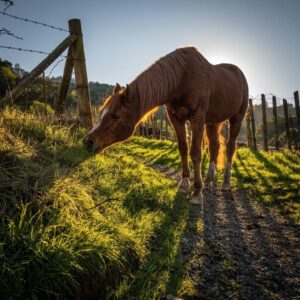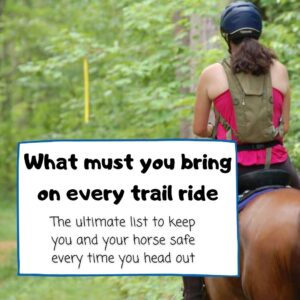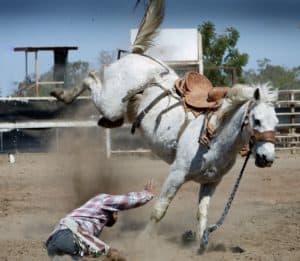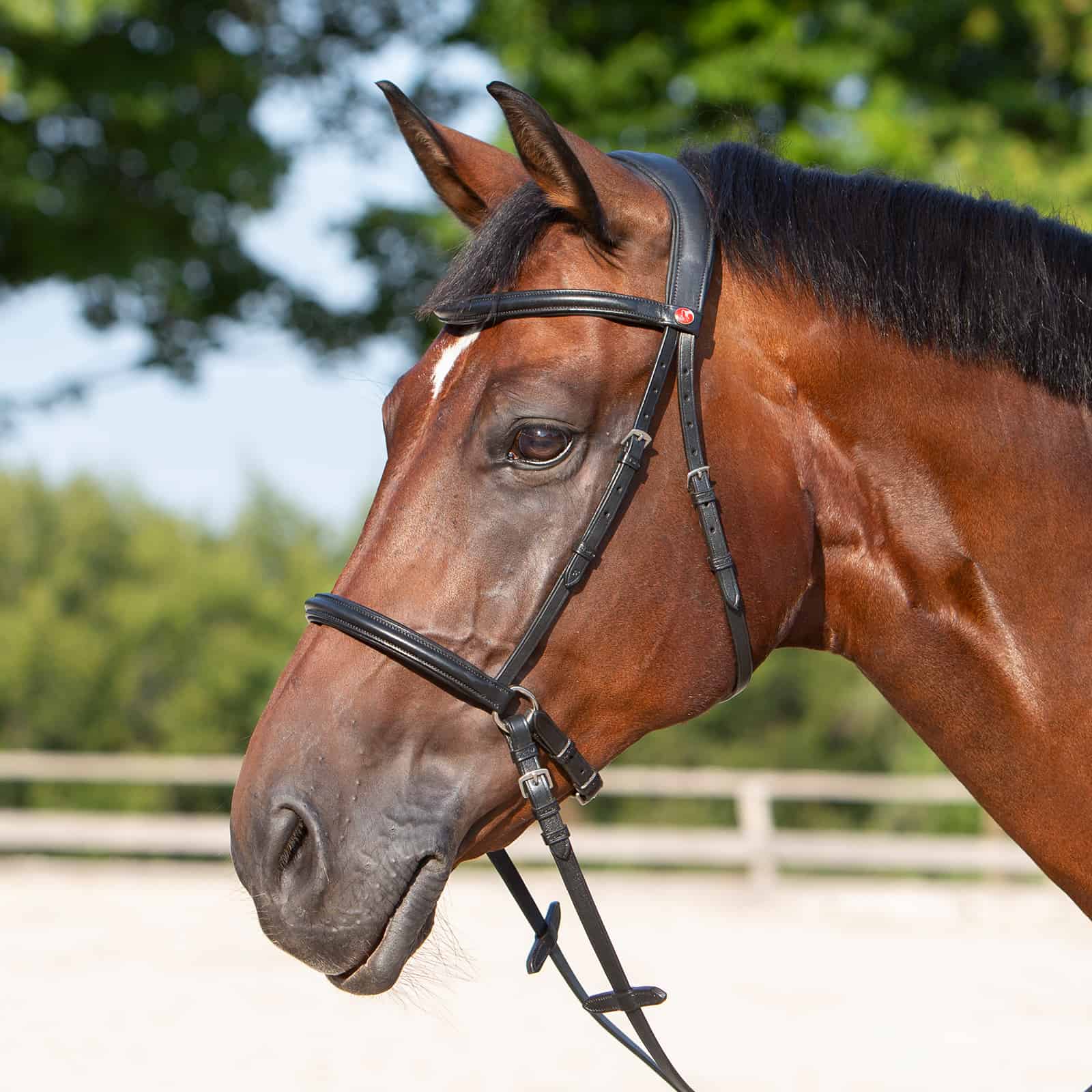
Stay Calm, Don’t Panic: Finding a Lost Horse
Horses are amazing animals with a way of getting themselves into trouble. It’s part of what makes them so special and why we love them
Canada-wide flat shipping $9.99 | Free shipping for orders over $100
Disclaimer: I’d like to caution this post by saying that not all horses can smoothly go bitless, just like not all horses do well with a bit. It can take time, patience, and work to get you and your horse comfortable together with new gear. For me, going bitless with my sensitive mare was the best decision I could have made. Only you and your trainer can judge whether you and your horse are ready for that journey and if it is right for you.
Another thing to keep in mind: Any bitless option, in the wrong hands, can be just as harsh as any bit. Don’t think that by going bitless you are necessarily less harsh if you don’t take the time to learn how to use it properly.
The following steps may take you weeks, months, or years to go through to get your horse to go bitless safely. Take your time and make sure that your horse is calm and connected to you every step of the way. Do not skip a step! Get help if you need it!
This list below is inspired by Caroline Rider’s YouTube video and other sources cited at the end of this blog post. I really loved how Caroline Rider explained how to go bitless. The foundations she teaches and the relaxation required are exactly in line with my own training principles. However, I strongly recommend wearing a helmet at all times when riding a horse and keep in mind that there are other bitless options than then ones she mentioned.
In short, as much as I love bitless, it isn’t for everyone. Make sure to transition to bitless slowly and carefully to ensure your safety and your horse’s calm and relaxed connection to you. Most of all, enjoy it!

Horses are amazing animals with a way of getting themselves into trouble. It’s part of what makes them so special and why we love them

The next time you hit the trails, check your saddlebag to add these trail riding essentials. They will help keep you and your horse safe

I put together a list of trail riding safety tips after an unfortunate incident last year. I hope these tips help you avoid the situation we
